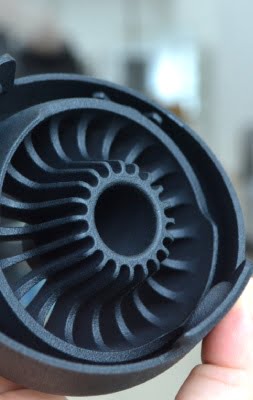Achieve clear, strong acrylic joints without contamination from adhesives
IPFL specialises in diffusion bonding acrylic, COC, Ultem and Polysulfone, a process that achieves clear, strong joints without the need for adhesives. This technique is crucial in producing components for medical and scientific research, where purity and precision are paramount. Our acrylic bonding process fuses layers of pre-machined plastic components at a molecular level, creating a seamless and permanent bond that is ideal for applications such as fluidic plates, medical and pneumatic manifolds, high-class pen blanks, medical diagnostic imaging, and light guides.




IPFL’s diffusion bonding is tailored for a range of applications, ensuring the highest quality and reliability:
Our continued research and development in diffusion bonding and laser welding position us at the forefront of this advanced technology. From creating high-precision components with complex internal shapes to ensuring the utmost purity and quality in bonding, IPFL sets the standard in acrylic diffusion bonding.
Whether your project requires detailed medical manifolds or sophisticated analytical devices, our diffusion bonding services offer the precision, purity and efficiency essential for your critical applications.








